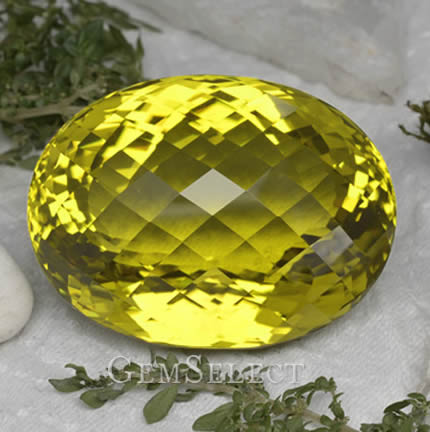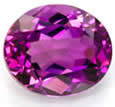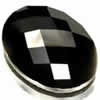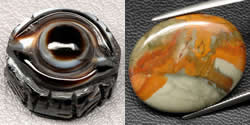The World of Quartz Gemstones
Introduction to Quartz Gemstones

Quartz gemstones stand out as some of the most versatile and well-known stones globally, valued for their striking beauty, toughness, and wide range of colors. Think about the sparkling clarity of quartz crystal or the bold shades in amethyst and citrine - these gems have drawn in collectors, jewelers, and even those interested in spirituality. Note: Claims about spiritual properties of gemstones are not backed by science and should be viewed with caution. For in-depth details, explore comprehensive quartz gemstone information.
History and Composition

All quartz consists of silicon dioxide, though this fact only came to light in the early 1800s. Before then, people often saw the various quartz forms as completely separate minerals. You might find that understandable once you dive into the details.
Macrocrystalline Quartz
The quartz family splits into two main branches, which explains a lot of the confusion. When folks picture quartz stone, they're usually imagining what's called macrocrystalline quartz. This group features rock crystal, amethyst, citrine, smoky quartz, rose quartz, and tiger's eye. As the term implies, macrocrystalline quartz has big crystals visible without any tools. These quartz gemstones tend to be transparent or translucent, sporting a glassy shine.
Cryptocrystalline Quartz

On the flip side, there's cryptocrystalline quartz, with crystals so tiny they're microscopic or even smaller. These are generally translucent to opaque, showing a waxy, greasy, or matte finish. This category of quartz gems breaks down further into fibrous and granular types. The fibrous ones go by the name chalcedony, and boy, does that label cover a lot of ground in the stone world.
Chalcedony and Its Varieties

In everyday terms, chalcedony means solid-colored cryptocrystalline quartz, often in lighter tones. But the ones with patterns get their own labels. Standouts include agate, marked by its colorful bands; onyx, which layers black and white (though it's frequently dyed for a solid black look); carnelian, ranging from yellow-orange to red-orange thanks to iron; and chrysoprase, that fresh apple-green shade from nickel.
Granular Varieties: Jasper and Bloodstone

The granular side brings in jasper and bloodstone. Jasper often shows multiple colors, spots, or flame-like designs. The most prized ones mimic scenic landscapes. Bloodstone, or heliotrope, appears dark green dotted with red from iron oxide.
The Diversity of Agate

The variety in quartz gemstones really shines through, especially with agate. It comes in more than a dozen types that collectors love, each with fun names like eye agate for its ring patterns with a center spot, moss agate for those plant-like designs, and fire agate for its shimmering effect.
Frequently Asked Questions
What is quartz made of?
Quartz is composed of silicon dioxide, a compound discovered in the early nineteenth century.
What are the two main types of quartz gemstones?
The two primary branches are macrocrystalline quartz, with visible crystals, and cryptocrystalline quartz, with microscopic crystals.
How does macrocrystalline quartz differ from cryptocrystalline?
Macrocrystalline quartz is typically transparent to translucent with a vitreous luster, while cryptocrystalline is translucent to opaque with a waxy or dull finish.
What are some popular varieties of chalcedony?
Popular ones include agate (banded colors), onyx (black and white layers), carnelian (orange hues), and chrysoprase (green from nickel).
Are quartz gemstones durable?
Yes, quartz ranks high in durability, making it suitable for jewelry and collecting.

